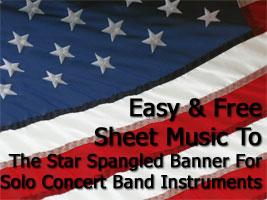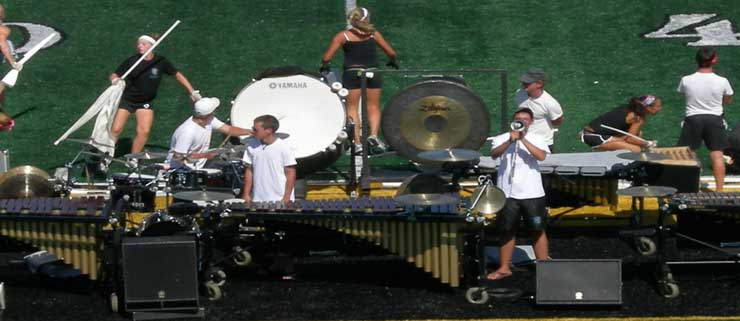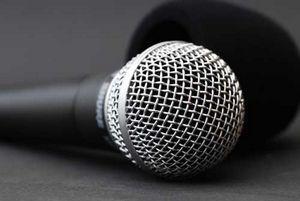 Woodwind instruments derive their name from the basic fact that they were once all made of wood, they make a sound, and wind is blown through them.
Woodwind instruments derive their name from the basic fact that they were once all made of wood, they make a sound, and wind is blown through them.
The Woodwind Instruments
Saxophones, made of metal, were added to this group in the mid-19th century. Then, since the beginning of the 20th century, most flutes and piccolos have been constructed from metal. Clarinets and saxophones use single reeds, a thin piece of cane that sets the column of air vibrating, oboes and bassoons have double reeds. Flutes, piccolos and fifes do not have a reed. The flute, oboe, B flat clarinet, bassoon, recorder and saxophone are the most commonly taught woodwind instruments.  Â
Clarinet - comprises a sub-group of instruments of differing sizes and pitches. The largest of this instruments, has more than a dozen types.  A clarinet has an approximately cylindrical bore, and uses a single reed. The name is derived from adding the suffix -et meaning little to the Italian word clarino meaning a type of trumpet, since the first clarinets had a tone similar to that of a trumpet. Clarinets use a vibrating reed to produce a sound.
Bassoon - is a woodwind instrument in the double reed group that typically plays music written in the bass and tenor and occasionally even higher. The bassoon is a non-transposing instrument and is known for its distinctive tone color, wide range, variety of character, and agility. It is known to have a more complicated fingering. Children typically take up the bassoon only after starting on another woodwind instrument, such as the flute or clarinet.Â
Oboe - is a double reed. Careful manipulation of embouchure and air pressure allows the player to express a large range of timbre and dynamics. This instrument was developed in the Baroque era and best suited for orchestral and ensemble work.
Flute - The flute is a reedless wind instrument that produces its sound from the flow of air against an edge.
Piccolo - is a small flute. Like the flute, it is normally pitched in the key of C, one octave above the concert flute. Music for the piccolo is written one octave lower than concert pitch. The fingerings on the piccolo correspond to those of the flute, but sound an octave higher as the piccolo is considerably less than half the size of the flute. Â
Saxophone or simply 'sax' - is a conical-bored musical instrument invented by Adolphe Sax in the early 1840s. It is usually made of brass and is played with a single-reed mouthpiece similar to the clarinet. Its image as a 'cool' instrument makes it a popular choice to play. Sounds are relatively easy to make.   Â
Descant Recorder - is an easy instrument to make a sound and a good place to start learning to play a woodwind instrument. It is primarily used during the 16th and 17th centuries when recorder consorts played music written for the recorder Â
Ocarina - is an ancient flute-like wind instrument. It is typified by an oval-shaped enclosed space with four to twelve finger holes and a mouth tube projecting out from the body. It is often ceramic, but many other materials, such as plastic, wood, glass, and metal, can be used.
Hearing These Instruments
In Classical orchestra, some woodwind instruments work as part of a section within the orchestra. These are: two flutes, clarinets, oboes and bassoons. They are the woodwind section. During the 19th century, the orchestra expanded in which the woodwind occasionally doubled or additional members of this group were added according to the composer's preference.
In Military band, the repertoire of woodwinds are sometimes extended
In Jazz ensemble, in general saxophones, B flat clarinet and flute are used. Â
Woodwind Instrument Players
Many woodwind players perform on more than one instrument of this group. It's primarily because the sound production of some woodwinds is similar, for example, the clarinet and saxophones.
Most players concentrate on one instrument until they have achieved some degree of mastery before moving to a second or subsequent instrument. Woodwind players have to cope with instruments that, although quite robust when compared with strings, rely on complex playing mechanisms, and often a wooden construction sensitive to temperature and moisture.
Often, reeds are source of anxiety for most professional players, who seem to be always in search of the perfect reed that allows access to high and low notes, soft and loud passages, with ease.
Children starting to learn to play woodwind instruments may experience some discomfort with lips being tired. A good mentor or teacher should guard against excessive discomfort and should know when to pace the practice during the early learning stage. Â Â







 Scroll down to view the comparison chart of over a dozen different portable digital audio recorders.
Scroll down to view the comparison chart of over a dozen different portable digital audio recorders.